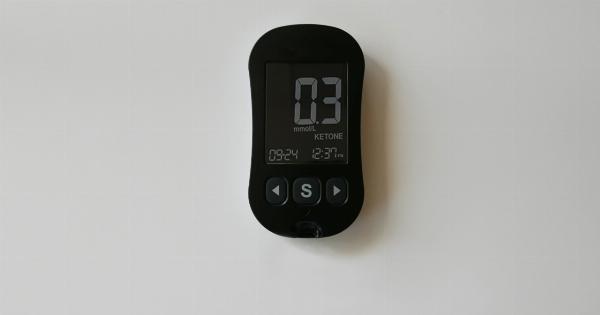Cardiovascular diseases are one of the leading causes of death worldwide. Managing our blood pressure levels is essential in maintaining good cardiovascular health. Systolic pressure is the pressure in your arteries when your heart is beating.
What is systolic pressure?
Systolic pressure is the top number you see when checking your blood pressure. It’s the pressure in your arteries when your heart is pumping blood out. A normal systolic pressure is around 120 mmHg.
Consistently high systolic pressure puts a strain on your heart and blood vessels and can increase your risk for cardiovascular diseases.
Why is it important to lower your systolic pressure?
Lowering your systolic pressure can reduce your risk of developing cardiovascular diseases. It can also reduce the risk of strokes and heart attacks. High systolic pressure can cause damage to the walls of your arteries and lead to atherosclerosis.
Atherosclerosis is the hardening and narrowing of the arteries due to the buildup of plaque, which can cause heart attack or stroke.
How to lower systolic pressure?
There are a few ways to lower your systolic pressure:.
- Exercise regularly
- Limit salt intake
- Limit alcohol intake
- Stop smoking
- Eat a healthy diet, rich in fruits, vegetables, and whole grains
- Manage stress levels
Exercise regularly
Regular physical activity can help lower your systolic pressure. Aim for at least 30 minutes of moderate-intensity exercise, such as brisk walking, jogging, cycling, or swimming, most days of the week.
Exercise helps to keep your heart strong and improves blood flow, which can help to reduce your systolic pressure.
Limit salt intake
Salt can cause your body to retain water, which can increase your blood pressure. Limiting your salt intake to less than 2,300 milligrams per day can help to lower your systolic pressure.
Choose fresh foods and avoid processed and packaged foods, which are often high in salt.
Limit alcohol intake
Drinking too much alcohol can increase your blood pressure. Limit your alcohol intake to no more than one drink per day for women and two drinks per day for men.
Stop smoking
Smoking can raise your blood pressure and increase your risk of developing cardiovascular diseases. Quitting smoking can help to lower your systolic pressure and reduce your risk of developing cardiovascular diseases.
Eat a healthy diet
Eating a healthy diet rich in fruits, vegetables, whole grains, lean protein, and healthy fats can help to lower your systolic pressure. Choose foods that are low in saturated and trans fats, and avoid foods high in cholesterol and sodium.
Manage stress levels
Stress can cause your blood pressure to rise. Finding ways to manage stress, such as meditation, yoga, or deep breathing exercises, can help to lower your systolic pressure.
Conclusion
Lowering your systolic pressure is an essential part of maintaining good cardiovascular health.
By exercising regularly, limiting salt and alcohol intake, quitting smoking, eating a healthy diet, and managing stress levels, you can help to lower your systolic pressure and reduce your risk of developing cardiovascular diseases.





























